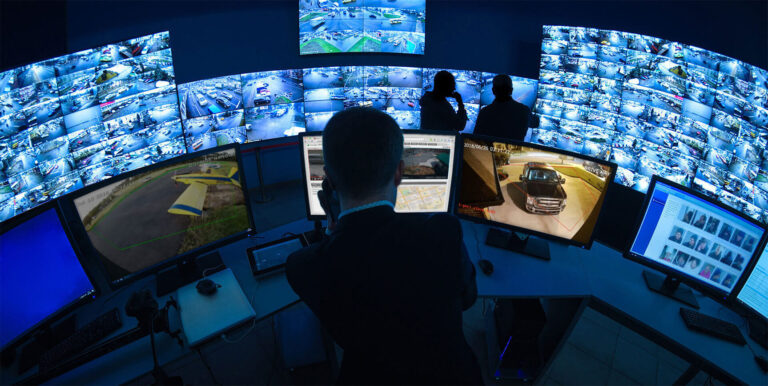Table of Contents
In this age of rapid technological progress, real-time surveillance has become a formidable asset in maintaining security and safety in diverse fields. Live video monitoring enables organizations, individuals, and law enforcement agencies to actively observe activities, discourage potential threats, and promptly respond to incidents. This article explores the realm of real-time surveillance, shedding light on its various applications, advantages, concerns, and the underlying technology that powers it.
The Power of Real-time Surveillance
Real-time surveillance, also called live video monitoring, entails the ongoing monitoring of live video feeds captured by cameras positioned in different locations. The utilization of this technology has completely transformed the management of security, providing numerous benefits that surpass those of conventional methods. One main advantage is the ability to identify and resolve potential security breaches in real-time. By taking a proactive approach, we can effectively prevent incidents from escalating, ultimately minimizing damage and loss.
Applications Across Industries
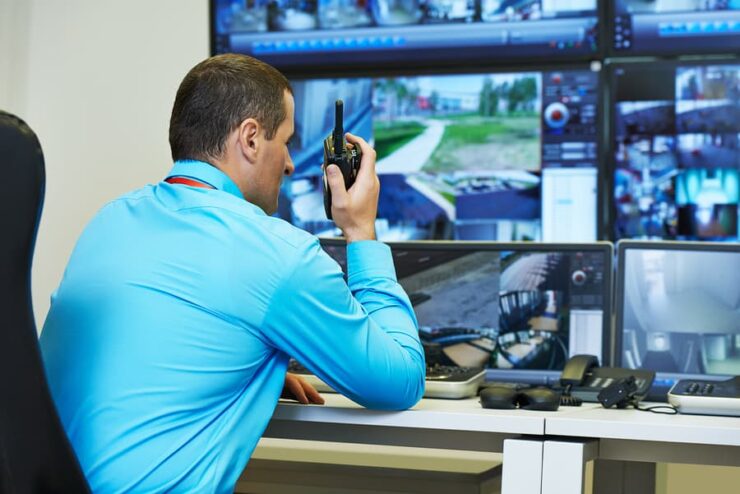
Real-time surveillance is utilized in various sectors, all of which can take advantage of immediate video monitoring benefits:
Retail
Retailers employ live video monitoring to deter shoplifting, observe customer behavior, and enhance the efficiency of store layout.
Transportation
Real-time surveillance is crucial in enhancing security and ensuring smooth operations in transportation hubs like airports and train stations. One can use live video monitoring services to help detect suspicious activities and monitor crowd movements effectively.
Manufacturing
Live video monitoring is utilized in industrial facilities to supervise production lines, detect equipment malfunctions, and ensure the safety of workers.
Urban Security
Urban areas utilize advanced surveillance systems to constantly monitor traffic patterns, identify accidents promptly, and effectively respond to emergencies.
Banking
In the banking industry, financial institutions utilize live video monitoring systems to ensure the safety of customers, employees, and valuable assets within their premises.
Healthcare
Hospitals use real-time surveillance systems in the healthcare industry to improve patient safety, keep a close eye on restricted areas, and ensure that sensitive medical information remains secure by preventing unauthorized access.
The Benefits of Live Video Monitoring
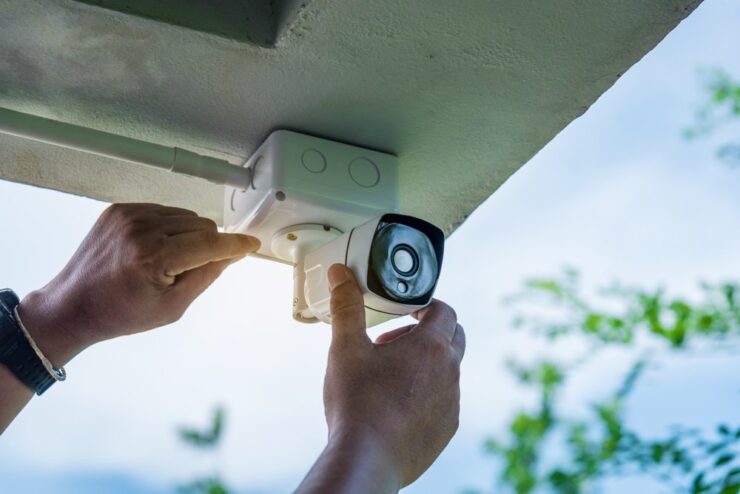
Crime Deterrence and Prevention
Visible surveillance cameras have a solid ability to deter criminal activities. When individuals are aware that they are being watched and their actions are being documented, the chances of potential wrongdoers participating in illegal activities decrease. Focusing on prevention alone can effectively reduce crime rates, resulting in safer public spaces, businesses, and residential areas for all individuals.
Swift Incident Response
The ability to quickly respond to emerging incidents is one of the key benefits of live video monitoring. Security personnel can evaluate developing situations in real-time and promptly react to them. From unauthorized access to theft, vandalism, and safety breaches, the prompt ability to intervene can effectively minimize damage, prevent further escalation, and ultimately save lives.
Remote Monitoring and Multi-Site Management
Utilizing live video monitoring technology proves to be highly beneficial for organizations with numerous locations or remote sites. A centralized command center can monitor activities happening across multiple facilities simultaneously. By implementing this system, security operations are streamlined and effectively cover all areas without requiring physical presence at each location. This capability significantly benefits retail chains, banks, and large enterprises.
Operational Efficiency
In addition to enhancing security, live video monitoring provides operational advantages across multiple industries. In manufacturing, various initiatives can monitor crucial processes in real-time, enabling them to identify bottlenecks and inefficiencies swiftly. By closely monitoring sensitive areas and high-risk zones, healthcare institutions can significantly improve patient safety. The education sector can utilize real-time surveillance to uphold campus discipline and safeguard the well-being of students.
Emergency Coordination and Communication
Live video monitoring can play a crucial role in critical situations such as fires, natural disasters, or security breaches by enabling swift coordination with call center service providers. The ability to communicate in real-time and access live video feeds empowers responders to make well-informed decisions and efficiently allocate resources, thereby reducing the impact of emergencies.
The Technology Behind Live Video Monitoring
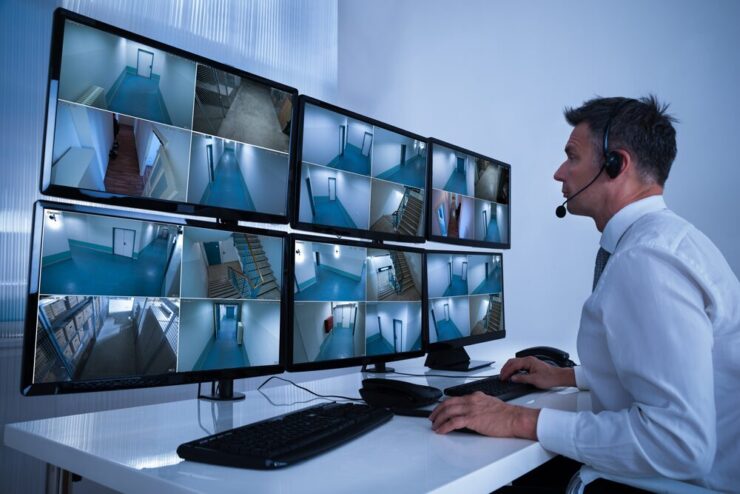
The backbone of real-time surveillance is the advanced technology that powers it. At the heart of this system is the combination of high-resolution cameras, which can capture fine details, even in low-light conditions, and powerful AI algorithms that analyze the video feed instantaneously. These algorithms can detect unusual activity, differentiate between a human and an animal, and even recognize license plates or faces in some advanced systems.
The advent of cloud storage has enabled users to store vast amounts of footage without the need for bulky physical storage systems. This digital infrastructure, coupled with fast internet connections, allows for seamless streaming, ensuring that security personnel can view live footage from anywhere in the world, making monitoring more versatile and effective.
Challenges and Considerations in Live Video Surveillance
While real-time surveillance brings a plethora of advantages, it’s not without its challenges. Privacy concerns top the list, as constant monitoring can inadvertently infringe upon the rights of individuals. Regulations surrounding surveillance vary by region, and companies must be diligent in adhering to these rules to avoid legal ramifications. Furthermore, the reliance on technology means that any disruption, be it power outages, network issues, or cyber-attacks, can render the system ineffective temporarily.
Also, while AI algorithms are sophisticated, they aren’t foolproof. There may be instances of false positives or missed detections. Therefore, a balance between human oversight and automation is crucial. Adopters of live video monitoring must weigh these considerations carefully, ensuring that while they benefit from enhanced security, they also respect boundaries and potential vulnerabilities.
Future Trends in Real-time Surveillance
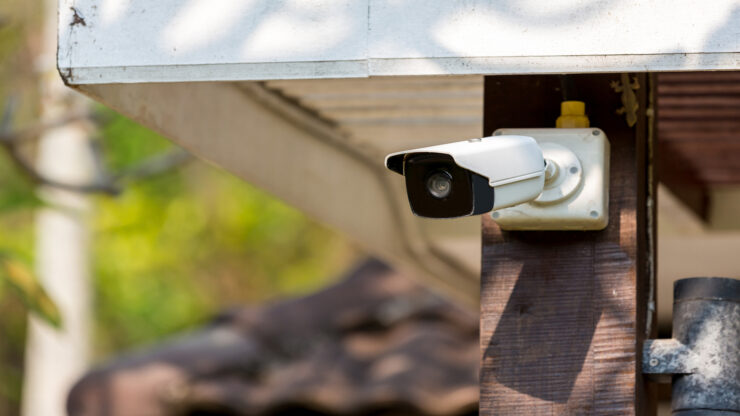
As technology evolves, so does the landscape of real-time surveillance. Looking ahead, we can anticipate several groundbreaking advancements in this domain. First, the integration of Augmented Reality (AR) and Virtual Reality (VR) can offer a more immersive monitoring experience, allowing security personnel to virtually “be” in the monitored space. Quantum computing, still in its infancy, promises to drastically improve the speed and efficiency of data processing, taking AI analysis to unprecedented levels.
As the Internet of Things (IoT) continues to expand, interconnected surveillance devices can provide a more holistic view of a property, merging data from various sensors and sources for a richer context. Moreover, developments in battery and wireless technologies might soon enable more extended periods of untethered operation and greater flexibility in camera placement.
Conclusion
Real-time surveillance has become a crucial component of contemporary security strategies, empowering organizations and authorities to actively observe, react to, and avert incidents as they occur. The applications of this technology are vast, benefiting various industries by promoting safety, enhancing efficiency, and deterring crime. With the continuous evolution of technology, real-time surveillance will probably undergo further enhancements, ultimately shaping a future where security and privacy coexist harmoniously.

